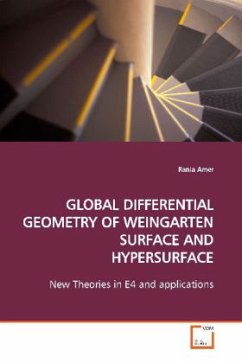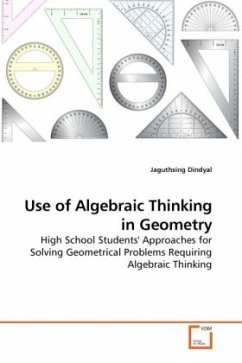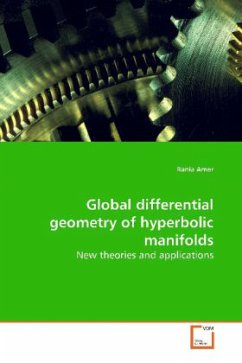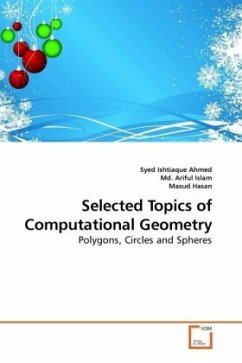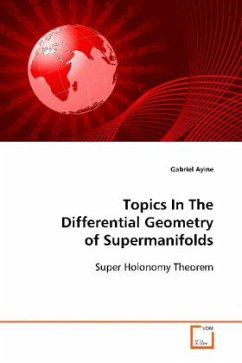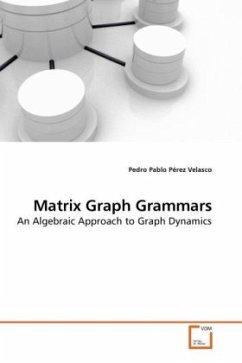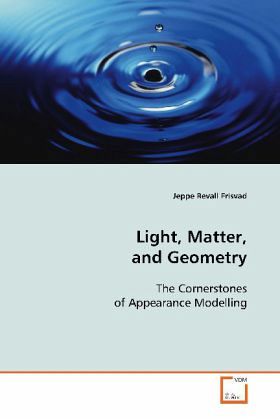
Light, Matter, and Geometry
The Cornerstones of Appearance Modelling
Versandkostenfrei!
Versandfertig in 6-10 Tagen
52,99 €
inkl. MwSt.

PAYBACK Punkte
26 °P sammeln!
Interaction of light and matter produces theappearance of materials. To deal with the immensecomplexity of nature, light and matter is modelled ata macroscopic level in computer graphics. This workis the first to provide the link between themicroscopic physical theories of light and matter andthe macroscopic process of rendering realisticimages. This enables prediction of appearance basedon the contents and the physical conditions of amaterial. The idea is to take the contentsdeclaration for a material and use it to predict whatthe material looks like. Or conversely, to take apicture of a mate...
Interaction of light and matter produces the
appearance of materials. To deal with the immense
complexity of nature, light and matter is modelled at
a macroscopic level in computer graphics. This work
is the first to provide the link between the
microscopic physical theories of light and matter and
the macroscopic process of rendering realistic
images. This enables prediction of appearance based
on the contents and the physical conditions of a
material. The idea is to take the contents
declaration for a material and use it to predict what
the material looks like. Or conversely, to take a
picture of a material and determine the contents of
the material. The book is in four parts. Part I
provides the link between microscopic and macroscopic
theories of light. Part II describes how to use the
properties of microscopic particles to compute the
macroscopic properties of materials. Part III
illustrates that we can use geometrical models to
handle the large number of variables which appear
when we construct appearance models from microscopic
theories. Finally, Part IV provides detailed
appearance models for natural water, ice, and milk to
demonstrate how the theory is applied.
appearance of materials. To deal with the immense
complexity of nature, light and matter is modelled at
a macroscopic level in computer graphics. This work
is the first to provide the link between the
microscopic physical theories of light and matter and
the macroscopic process of rendering realistic
images. This enables prediction of appearance based
on the contents and the physical conditions of a
material. The idea is to take the contents
declaration for a material and use it to predict what
the material looks like. Or conversely, to take a
picture of a material and determine the contents of
the material. The book is in four parts. Part I
provides the link between microscopic and macroscopic
theories of light. Part II describes how to use the
properties of microscopic particles to compute the
macroscopic properties of materials. Part III
illustrates that we can use geometrical models to
handle the large number of variables which appear
when we construct appearance models from microscopic
theories. Finally, Part IV provides detailed
appearance models for natural water, ice, and milk to
demonstrate how the theory is applied.



